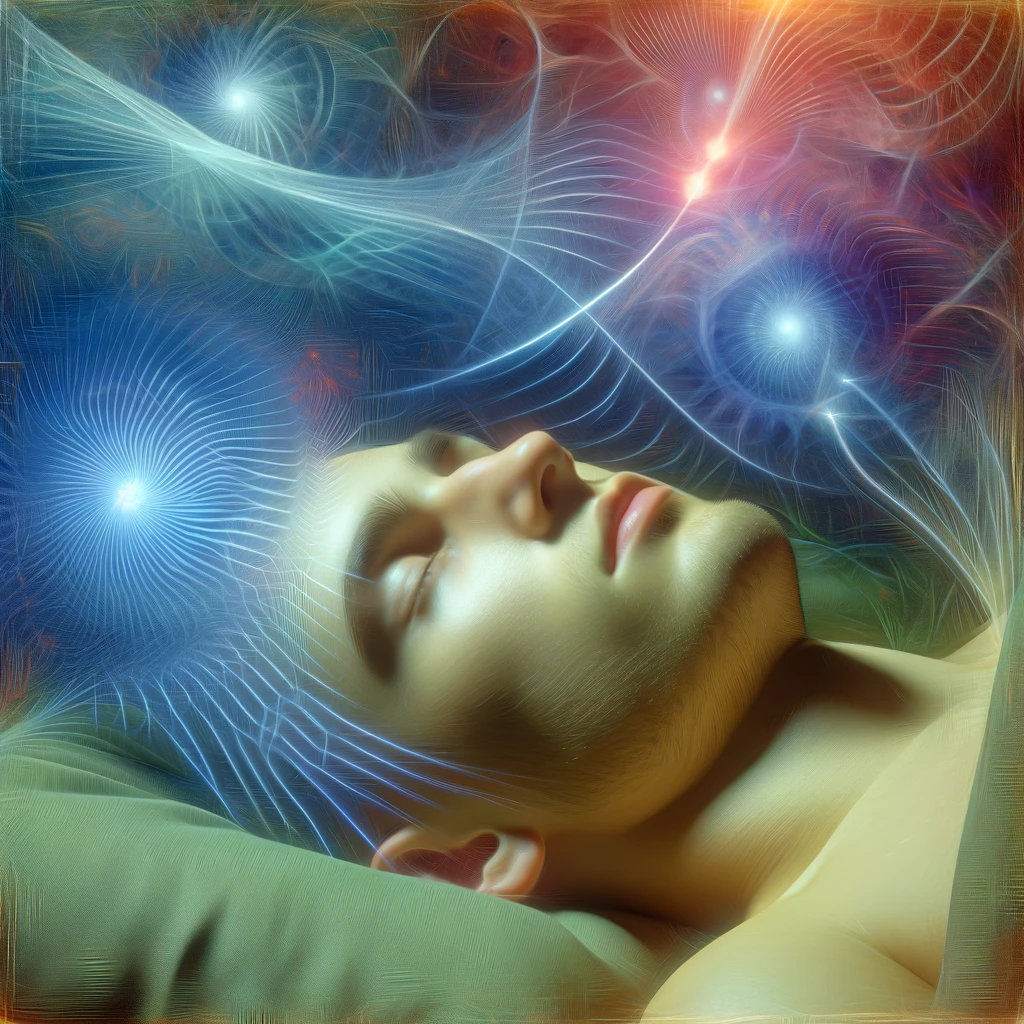Ultimate Guide to Understanding REM Sleep
Rapid Eye Movement (REM) sleep is a unique phase of the sleep cycle characterized by various physiological, neurological, and psychological features. This report will delve into the intricacies of REM sleep, exploring its characteristics, significance, mechanisms, and implications for health and well-being.
1. Introduction to REM Sleep
1.1 Definition
REM sleep, first described in 1953 by Aserinsky and Kleitman, is one of the two primary stages of sleep, the other being non-REM (NREM) sleep. It is distinguished by rapid movements of the eyes, low muscle tone, and a propensity for vivid dreams.
1.2 Historical Context
The discovery of REM sleep in the early 1950s marked a pivotal moment in the field of sleep research. Before this discovery, sleep was largely considered a passive, unvarying state of rest. The identification of REM sleep revealed that sleep is a dynamic process, characterized by distinct stages with specific physiological and neurological activities.
Eugene Aserinsky and Nathaniel Kleitman
Eugene Aserinsky and Nathaniel Kleitman were the pioneering researchers behind the discovery of REM sleep. Their collaboration at the University of Chicago led to groundbreaking insights into the nature of sleep.

2. Characteristics of REM Sleep
2.1 Physiological Features
- Eye Movements: Rapid and irregular movements.
- Brain Activity: Resembles wakefulness, with high brain metabolism and active cerebral cortex.
- Muscle Atonia: Most voluntary muscles are paralyzed, preventing the acting out of dreams.
- Breathing and Heart Rate: Irregular and faster than in NREM sleep.
- Body Temperature: More variable, as the body’s temperature regulation is off.
2.2 Neurological Aspects
- Brain Waves: Predominantly low-amplitude, mixed-frequency waves similar to wakefulness.
- Neurotransmitters: Involvement of acetylcholine, serotonin, and noradrenaline in regulating REM sleep.
2.3 Dreaming
- Vivid Dreams: Most dreaming occurs during REM sleep, characterized by narrative structures and emotional content.
- Memory Consolidation: REM sleep plays a role in the consolidation of procedural and emotional memories.
3. The REM-NREM Cycle
3.1 Sleep Architecture
- Cycles: A typical night’s sleep involves 4-6 REM-NREM cycles.
- Duration: Each cycle lasts about 90 minutes, with REM periods lengthening across the night.
3.2 Transition Mechanisms
- From NREM to REM: Transition involves complex interactions between neurotransmitter systems and brain regions like the pons and thalamus.
4. Functions of REM Sleep
4.1 Cognitive and Emotional Health
- Memory Processing: REM sleep aids in the consolidation of memories, particularly emotional and procedural memories.
- Emotional Regulation: It plays a role in processing emotions and stress.
4.2 Developmental Role
- REM sleep plays a crucial and multifaceted role in human development, particularly in infants and young children. This phase of sleep is not only abundant in the early stages of life but is also believed to be instrumental in the maturation of the central nervous system and overall brain development.
- Initially, infants spend a significant portion of their sleep in the REM phase. This high proportion of REM sleep in early life suggests its vital role in developmental processes.
- Neural Connectivity: During REM sleep, the brain is highly active, which is thought to facilitate the formation and strengthening of neural connections. This period of intense brain activity is crucial for the developing brain, as it aids in the establishment of neural pathways that are essential for learning and cognitive function.
- Synaptic Pruning: REM sleep is also a time when the brain undergoes synaptic pruning, a process where excess neural connections are eliminated, helping to enhance the efficiency of neural networks.
5. REM Sleep Disorders
5.1 Types of Disorders
- REM Sleep Behavior Disorder (RBD): Acting out dreams due to lack of muscle atonia.
- Narcolepsy: Excessive daytime sleepiness and sudden onset of REM sleep.
5.2 Implications
- Neurodegenerative Diseases: RBD can be a precursor to conditions like Parkinson’s disease.
- Mental Health: Disturbances in REM sleep are linked to depression and anxiety disorders.
6. Factors Affecting REM Sleep
6.1 Lifestyle and Environmental Factors
- Alcohol and Drugs: Can suppress REM sleep.
- Stress and Anxiety: May lead to alterations in REM sleep patterns.
6.2 Ageing
- Elderly: Reduced proportion of REM sleep, possibly affecting cognitive functions.
7. Research and Future Directions
7.1 Technological Advances
- Brain Imaging: Enhanced understanding of REM sleep mechanisms.
- Wearable Technology: For monitoring sleep patterns in real-world settings.
7.2 Therapeutic Implications
- Sleep Medicine: Targeting REM sleep disturbances in various disorders.
- Psychiatric Treatment: Understanding the role of REM sleep in mental health.
8. Conclusion
REM sleep is a complex and essential component of the human sleep cycle, playing a critical role in cognitive, emotional, and neurological functions. Understanding its mechanisms and implications continues to be a vital area of research, with significant potential for therapeutic applications.
9. References
- Aserinsky, E., & Kleitman, N. (1953). Regularly occurring periods of eye motility, and concomitant phenomena, during sleep. Science.
- Siegel, J. M. (2001). The REM sleep-memory consolidation hypothesis. Science.
- Mahowald, M. W., & Schenck, C. H. (2005). Insights from studying human sleep disorders. Nature.
This report provides a comprehensive overview of REM sleep, but it is important to note that sleep science is a rapidly evolving field, and ongoing research continues to uncover new insights and complexities.


One response to “Ultimate Guide to Understanding REM Sleep”
Hi colleagues, its fantastic article on the topic of cultureand fully defined, keep it up all the time.